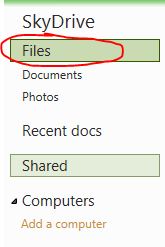
- 8.7 megapixels Camera sensor (main camera resolution)
- Nokia PureView Camera
- 4.5 ” Display size
- Snapdragon™ S4 Processor name
- 10 h Talk time (3G)
- 400 h Standby time (3G)
- 67 h Maximum music playback time
Operating system and software
The Nokia Lumia 920 runs the Windows Phone 8 operating system. As with other Lumia devices, the 920 includes Nokia-exclusive apps, like Nokia City Lens, an augmented reality software that gives dynamic information about users’ surroundings. Click here for Specifications.
Inductive charging
The phone can be recharged either physically or inductively using the Qi technology. Rather than requiring the use of a physical connection to the phone, this requires the phone to be placed upon a charging pad which, unlike a physical connector, hinders use of the phone while charging. The charging pad requires a separate power supply.
Processors, memory, and storage
The Lumia 920 has a 1.5 GHz dual-core Qualcomm Krait, and a Qualcomm Adreno 225 GPU, and has 1 GB of system RAM
Nokia Lumia 920 comes with an internal storage capacity of 32 GB. Although Windows Phone 8 supports storage expansion using microSD cards, Lumia 920 does not support them.
Screen
The Lumia 920 has a 4.5-inch curved glass display running at WXGA (1280 × 768) resolution with an aspect ratio of 15:9 using enhanced IPS screen technology which Nokia calls “PureMotion HD+”. It has less than 9 ms average transition times, where conventional IPS LCDs have an average of 23 ms, which reduces motion blur.
Camera
The Lumia 920 has Nokia’s PureView technology on the rear camera, which Nokia claims to be the best currently available on any smartphone, capturing “five to 10 times more light than competitor devices” via a “floating lens technology that surpasses the optical image stabilization system of most digital SLRs.
Click here for accessories list.
















